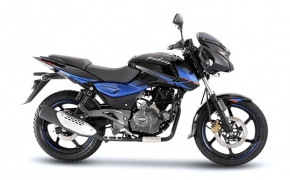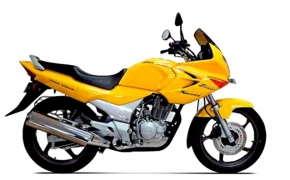Engine Oils are the most essential commodity in the running of your vehicles after fuel. It is this lube that keeps your engine running smoothly. But there are some specifics that every person using engine oil should know about. After all the marketing jargon that is thrown out to you about the oil’s performance and its capabilities, it all comes down to the basic technical specifications which we are going to explain to you here. We are not going to talk about the types of engine oils (that is a completely different part of the discussion), but we are going to check out the engine oil grades and what do they mean.
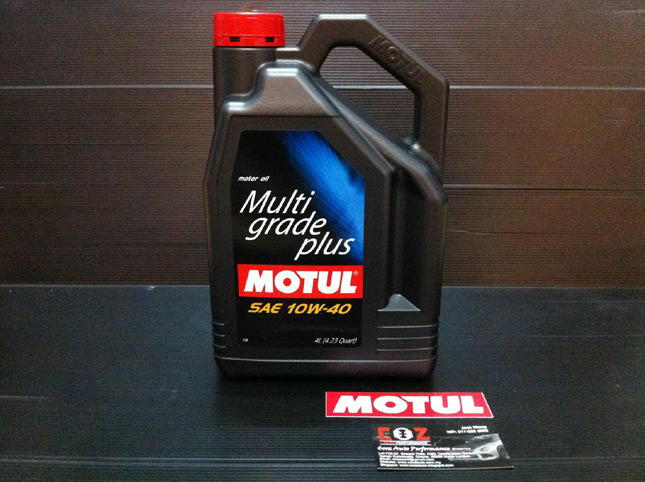 If you check out any of the engine oils in the shops or online, you will be able to see one thing in pretty bold letters among everything else and that is a ‘W’ rating. You will be able to see numbers among it like 10W30, 20W50, 0W30, etc. which refer to Multigrade. These are the actual numbers that you have to consider while buying your engine oil because all the manufacturers recommend a certain grade of engine oil and these numbers are the actual grading system. Let check them out in detail.
If you check out any of the engine oils in the shops or online, you will be able to see one thing in pretty bold letters among everything else and that is a ‘W’ rating. You will be able to see numbers among it like 10W30, 20W50, 0W30, etc. which refer to Multigrade. These are the actual numbers that you have to consider while buying your engine oil because all the manufacturers recommend a certain grade of engine oil and these numbers are the actual grading system. Let check them out in detail.
In the grading system of engine oils, (let’s consider 10W40 for example) the letter "W" stands for Winter and the number preceding the W is the low temperature count. That is the value which denotes the "low temperature performance of the engine oil". For the engine oil to perform, it has to hold on to a certain viscosity level for optimum performance and so when the temperature fluctuates, the engine oil viscosity tends to get affected. But imagine when you start your bike's engine first time in the morning, the state of the engine as well as engine oil remains cold and as soon as the engine starts moving the oil needs to be circulated as early as possible to provide maximum protection from wear and tear because of brushing of engine parts together without any lubrication. In this kind of situation the engine oil's property should be thinner enough to circulate at the earliest. If the engine oil is thick then it would take time to reach across the various engine parts quickly. So lower the low temperature count, the better will be the cold start performance of the engine.
But imagine when you start your bike's engine first time in the morning, the state of the engine as well as engine oil remains cold and as soon as the engine starts moving the oil needs to be circulated as early as possible to provide maximum protection from wear and tear because of brushing of engine parts together without any lubrication. In this kind of situation the engine oil's property should be thinner enough to circulate at the earliest. If the engine oil is thick then it would take time to reach across the various engine parts quickly. So lower the low temperature count, the better will be the cold start performance of the engine.
The low temperature rating starts from 0Wxx which is suitable for very cold climatic conditions with sub-zero temperatures. Here the 0Wxx oil holds its working viscosity even at such low temperatures. Though using this oil in hotter areas will not cause any problems to engine but practically it is quite useless to use this oil as the real benefit of the oil will not be evident.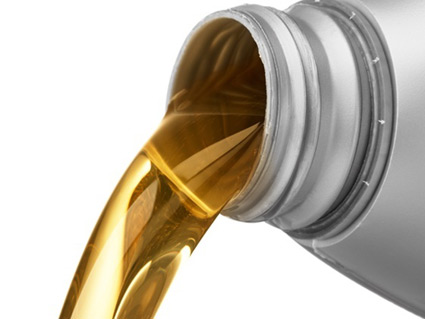 Coming to the hotter areas, the number following the W, (in our example is 40) is the number which determines the suitability of the oil performance in hotter temperatures. This also depends on a number of factors like engine revving, atmospheric temperature and engine cooling system. In the engine the temperature can reach over 100 degrees Celsius, and engine oils tend to lose their viscosity and get thinner if the temperatures go beyond their specified rating. This is the reason why most of the manufacturers recommend a certain grade of oil for a smooth running of the engine depending on the engine performance.
Coming to the hotter areas, the number following the W, (in our example is 40) is the number which determines the suitability of the oil performance in hotter temperatures. This also depends on a number of factors like engine revving, atmospheric temperature and engine cooling system. In the engine the temperature can reach over 100 degrees Celsius, and engine oils tend to lose their viscosity and get thinner if the temperatures go beyond their specified rating. This is the reason why most of the manufacturers recommend a certain grade of oil for a smooth running of the engine depending on the engine performance.
So if you have a high revving engine that heats up quite a lot, then a low rating of high temperature gradient will make the oil thinner and hence cause engine damage due to improper protection and high friction. Hence for that reason higher grade oil is more beneficial so that the oil holds its viscosity even at higher temperatures and provides the best engine performance.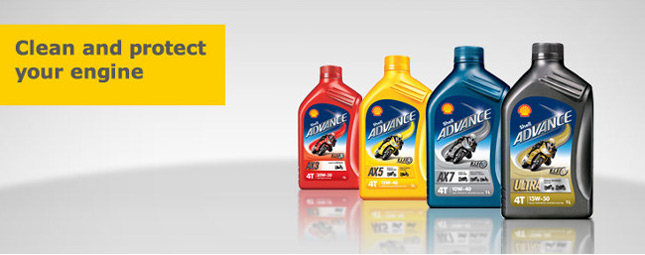 So to sum everything up, the engine oil grading system has a low temperature and high temperature rating provided to choose the oil from as explained above. Though it is always better to stick to the engine oil recommended by your manufacturer, but if you are willing to change to some other brand of engine oil, always make sure to get the recommended grade of oil and only experiment when you are sure about your usage. For example; if you reside in a very hot climatic condition you can always use engine oil with higher temperature rating, like if you are using 10W40 oil you can go for 10W50 oil grade for better results.
So to sum everything up, the engine oil grading system has a low temperature and high temperature rating provided to choose the oil from as explained above. Though it is always better to stick to the engine oil recommended by your manufacturer, but if you are willing to change to some other brand of engine oil, always make sure to get the recommended grade of oil and only experiment when you are sure about your usage. For example; if you reside in a very hot climatic condition you can always use engine oil with higher temperature rating, like if you are using 10W40 oil you can go for 10W50 oil grade for better results.
Also read: All You Need To Know About Motorcycle Engine Oils- Engine Oils Demystified
By: Pratik Patole
 If you check out any of the engine oils in the shops or online, you will be able to see one thing in pretty bold letters among everything else and that is a ‘W’ rating. You will be able to see numbers among it like 10W30, 20W50, 0W30, etc. which refer to Multigrade. These are the actual numbers that you have to consider while buying your engine oil because all the manufacturers recommend a certain grade of engine oil and these numbers are the actual grading system. Let check them out in detail.
If you check out any of the engine oils in the shops or online, you will be able to see one thing in pretty bold letters among everything else and that is a ‘W’ rating. You will be able to see numbers among it like 10W30, 20W50, 0W30, etc. which refer to Multigrade. These are the actual numbers that you have to consider while buying your engine oil because all the manufacturers recommend a certain grade of engine oil and these numbers are the actual grading system. Let check them out in detail.In the grading system of engine oils, (let’s consider 10W40 for example) the letter "W" stands for Winter and the number preceding the W is the low temperature count. That is the value which denotes the "low temperature performance of the engine oil". For the engine oil to perform, it has to hold on to a certain viscosity level for optimum performance and so when the temperature fluctuates, the engine oil viscosity tends to get affected.
 But imagine when you start your bike's engine first time in the morning, the state of the engine as well as engine oil remains cold and as soon as the engine starts moving the oil needs to be circulated as early as possible to provide maximum protection from wear and tear because of brushing of engine parts together without any lubrication. In this kind of situation the engine oil's property should be thinner enough to circulate at the earliest. If the engine oil is thick then it would take time to reach across the various engine parts quickly. So lower the low temperature count, the better will be the cold start performance of the engine.
But imagine when you start your bike's engine first time in the morning, the state of the engine as well as engine oil remains cold and as soon as the engine starts moving the oil needs to be circulated as early as possible to provide maximum protection from wear and tear because of brushing of engine parts together without any lubrication. In this kind of situation the engine oil's property should be thinner enough to circulate at the earliest. If the engine oil is thick then it would take time to reach across the various engine parts quickly. So lower the low temperature count, the better will be the cold start performance of the engine.The low temperature rating starts from 0Wxx which is suitable for very cold climatic conditions with sub-zero temperatures. Here the 0Wxx oil holds its working viscosity even at such low temperatures. Though using this oil in hotter areas will not cause any problems to engine but practically it is quite useless to use this oil as the real benefit of the oil will not be evident.
 Coming to the hotter areas, the number following the W, (in our example is 40) is the number which determines the suitability of the oil performance in hotter temperatures. This also depends on a number of factors like engine revving, atmospheric temperature and engine cooling system. In the engine the temperature can reach over 100 degrees Celsius, and engine oils tend to lose their viscosity and get thinner if the temperatures go beyond their specified rating. This is the reason why most of the manufacturers recommend a certain grade of oil for a smooth running of the engine depending on the engine performance.
Coming to the hotter areas, the number following the W, (in our example is 40) is the number which determines the suitability of the oil performance in hotter temperatures. This also depends on a number of factors like engine revving, atmospheric temperature and engine cooling system. In the engine the temperature can reach over 100 degrees Celsius, and engine oils tend to lose their viscosity and get thinner if the temperatures go beyond their specified rating. This is the reason why most of the manufacturers recommend a certain grade of oil for a smooth running of the engine depending on the engine performance.So if you have a high revving engine that heats up quite a lot, then a low rating of high temperature gradient will make the oil thinner and hence cause engine damage due to improper protection and high friction. Hence for that reason higher grade oil is more beneficial so that the oil holds its viscosity even at higher temperatures and provides the best engine performance.
 So to sum everything up, the engine oil grading system has a low temperature and high temperature rating provided to choose the oil from as explained above. Though it is always better to stick to the engine oil recommended by your manufacturer, but if you are willing to change to some other brand of engine oil, always make sure to get the recommended grade of oil and only experiment when you are sure about your usage. For example; if you reside in a very hot climatic condition you can always use engine oil with higher temperature rating, like if you are using 10W40 oil you can go for 10W50 oil grade for better results.
So to sum everything up, the engine oil grading system has a low temperature and high temperature rating provided to choose the oil from as explained above. Though it is always better to stick to the engine oil recommended by your manufacturer, but if you are willing to change to some other brand of engine oil, always make sure to get the recommended grade of oil and only experiment when you are sure about your usage. For example; if you reside in a very hot climatic condition you can always use engine oil with higher temperature rating, like if you are using 10W40 oil you can go for 10W50 oil grade for better results. Also read: All You Need To Know About Motorcycle Engine Oils- Engine Oils Demystified
By: Pratik Patole


















